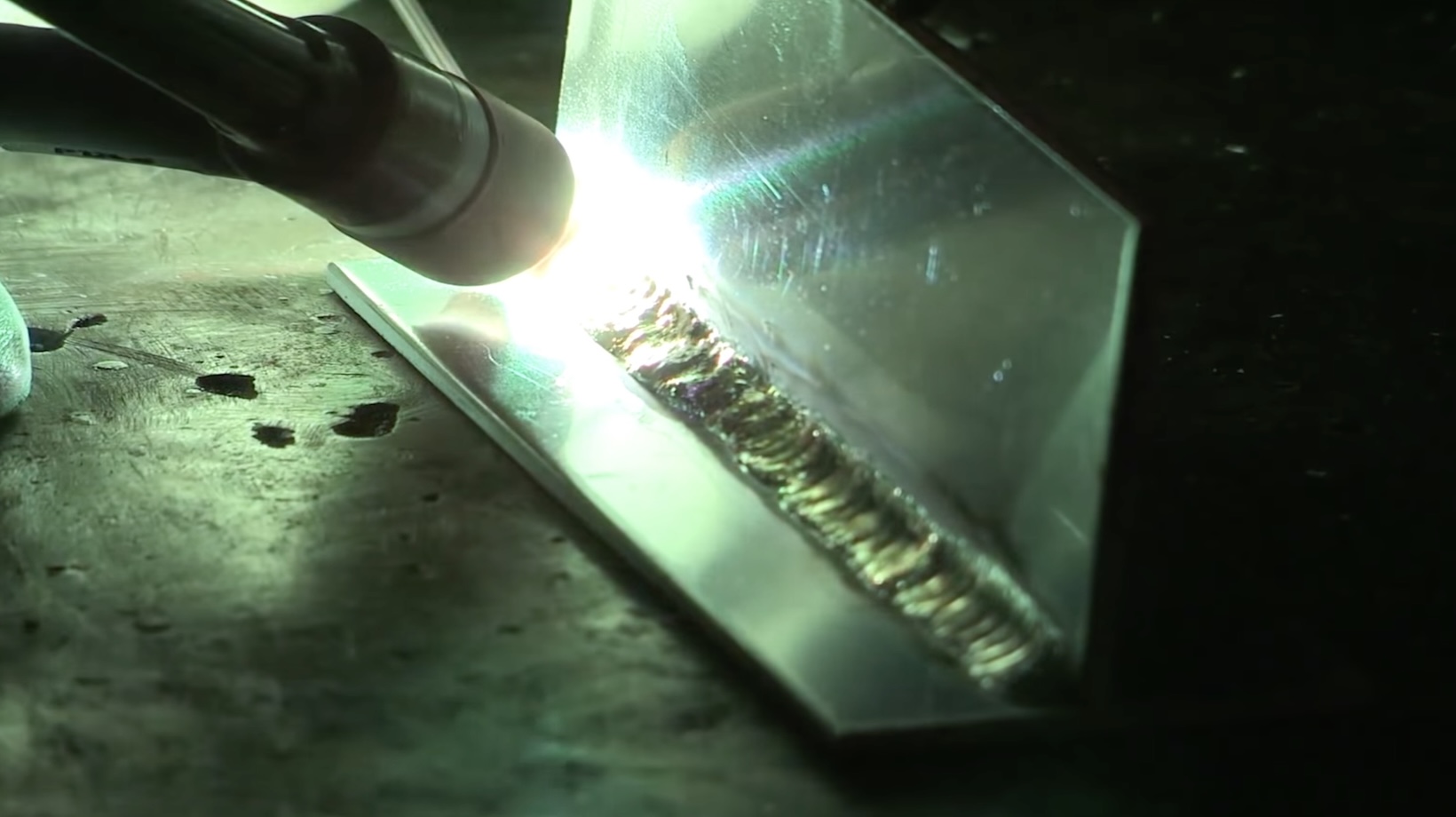Why Choose Magnesium Parts for Attachments?
In the world of manufacturing, magnesium parts are a key player due to their distinctive set of characteristics. The choice to use magnesium parts for attachments is not random. It’s guided by multiple factors that make them stand out in various applications.
One of the significant attributes of magnesium is its lightweight nature. In comparison to other traditional metals used in manufacturing, magnesium is two-thirds lighter. This feature makes it a desirable choice for fields that demand mobility and reductions in weight like the aviation and automotive industries.
Versatility is another defining aspect of magnesium. It’s a material that can easily be molded into complex shapes. This flexibility allows manufacturers to create intricate parts that might be challenging with other heavier metals.
Despite being lightweight, magnesium does not compromise on strength. It’s strong enough to withstand high levels of stress. We find that the durability of magnesium is often favorable in conditions that undergo impact or vibration.
This choice of magnesium parts is not without its challenges. Though we cannot ignore the struggles, it’s worth noting the solutions available. The application method used to attach the magnesium parts can significantly influence the final product. Whether through using adhesive fasteners or mechanical, each application has its strengths and weaknesses depending on the desired outcome.
While discussing the challenges and solutions, let’s not forget about the environmental benefits of magnesium. Magnesium is a recyclable and abundant material, meaning its use doesn’t strain our natural resources. That’s another box checked for industries aiming towards being more environmentally conscious.
As we have just seen, the reasons to choose magnesium parts for attachments are profound. They are not just based on one attribute but a combination of factors that create a compelling case for their use.

Magnesium Parts are Typically Attached Using
Manufacturers often rely on several techniques to attach magnesium parts. Let’s take an in-depth look into the most effective methods of fastening magnesium components.
Welding
One common method used for joining magnesium parts is welding. It’s a standard industry practice due to its strength, efficiency, and reliability. This method involves melting and then cooling the joint to form a permanent connection. The high heat tolerance of magnesium lends itself well to this process. However, proper handling is crucial to prevent distortion and weakening of the material. Types of welding methods suitable for magnesium include:
- Gas tungsten arc welding (GTAW)
- Gas metal arc welding (GMAW)
- Laser Beam Welding (LBW)
Adhesive Bonding
Adhesive bonding is another popular choice due to its versatility and ease of use. This method involves using a special adhesive to form a chemical bond between the two magnesium parts. The adhesive essentially acts as an intermediate layer that securely attaches the components together. It’s important to select a strong adhesive that’s specially formulated for magnesium to ensure a durable bond. Notably, adhesive bonding supports creating complex shapes with minimum material distortion.
Mechanical Fastening
Mechanical fastening is a more traditional approach that provides the advantage of reversibility. This method incorporates hardware such as bolts, screws, and rivets, enabling easy disassembly when required. It’s particularly popular for assembling large structures where welding or bonding might be ineffective or impractical. Mechanical fastening does not require heat, leading to lower risk of distortion or material weakening.
Choosing the most suitable method largely depends on the specific requirements of a project. Factors such as alignment precision, joint strength, and production speed play significant roles in method selection.
The aforementioned methods indicate the vast possibilities for attaching magnesium parts in manufacturing activities. These techniques enhance the functionality and usability of magnesium components, demonstrating their value across various industries.


